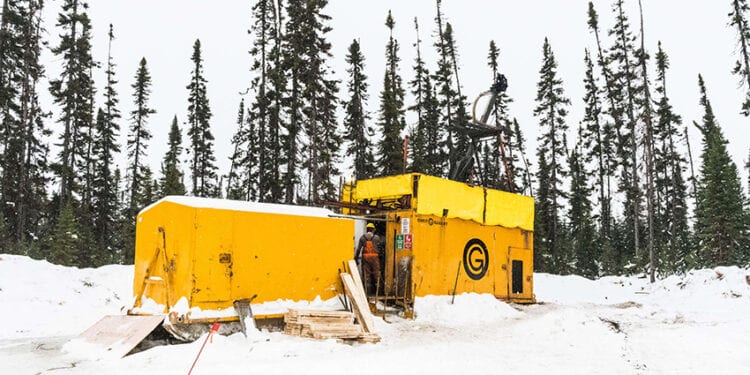Intersects 180 g/t Au Over 2.2 Metres In Quebec
Osisko Mining Inc. (TSX:OSK) has received high-grade gold drill results from the ongoing programme at its 100% owned Windfall gold project located in the Abitibi greenstone belt, Urban Township, Eeyou Istchee James Bay, Québec.
CEO, John Burzynski, said significant new analytical results include 28 intercepts in 18 drill holes (five from surface, 13 from underground) and three wedges. The infill intercepts are located inside defined February 2021 mineral resource estimate (“MRE) blocks.
The expansion intercepts are located outside the February 2021 MRE blocks and either expand resource wireframes or are located in a defined zone or corridor but do not yet correlate to a specific wireframe.
“Today’s infill results continue to demonstrate the strong continuity inside defined MRE blocks as well as our ability to add resources in the immediate surrounding areas,” Mr Burzynski said.
Selected high-grade intercepts include: 180 g/t Au over2.2m in OSK-W-21-2495; 46.8 g/tAu over 3.3m in OSK-W-21-2470, 32.2 g/t Auover 2.4m in OSK-W-21-2480, 27.2 g/t Auover 2.0min WST-20-0585 and 21.9 g/t Au over 2.3m in WST-20-0639B.
Lynx Zone
Mineralisation occurs as grey to translucent quartz-carbonate-pyrite-tourmaline veins and pyrite replacement zones and stockworks. Vein-type mineralisation is associated with haloes of pervasive sericite-pyrite ± silica alteration and contain sulphides (predominantly pyrite with minor amounts of chalcopyrite, sphalerite, galena, arsenopyrite, and pyrrhotite) and local visible gold.
Replacement mineralisation is associated with strong pervasive silica-sericite-ankerite ± tourmaline alteration and contains disseminated pyrite from trace to 80% with local visible gold. Pyrite stockworks can form envelopes that reach several tens of metres thick. Fuchsite alteration is common and is spatially constrained to near the gabbros.
Mineralisation occurs at or near geological contacts between felsic porphyritic or fragmental intrusions and the host rhyolites or gabbros and locally can be hosted along the gabbro-rhyolite contact.












